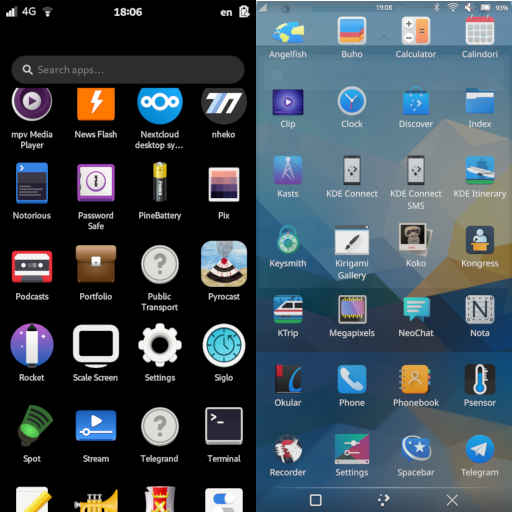

I’ve been told that PinePhone 2 is not happening this year. (If AllWinner will continue to supply A64 SoCs, it might take even longer.)
Regarding SoC, the likely/obvious candidate is RK3566 - but we’ll have to wait and see for the when and how. (I, personally, would love to see a PinePhone V - think PineTab V, but as a phone).
PineTime: It has nice companion apps on Mobile Linux, but I went back to my Pebble Time Steel - the always on display matters to me.



It should be. With zram, I can use similar software even on a 2 GB RAM device somewhat comfortably, unless I open too many tabs in Firefox.